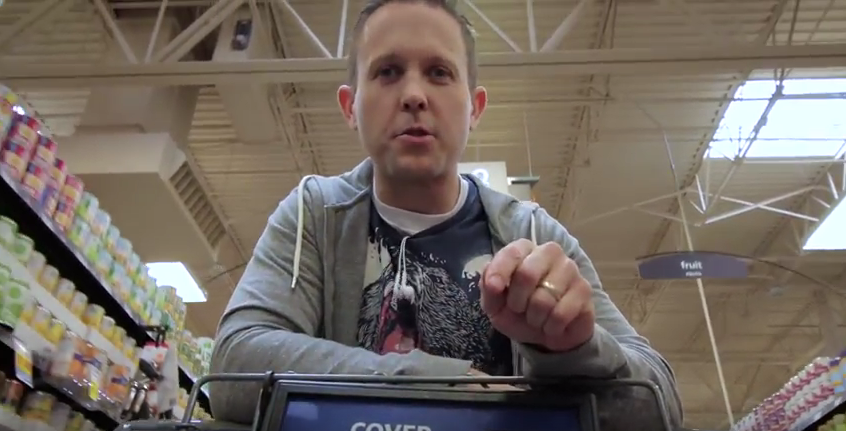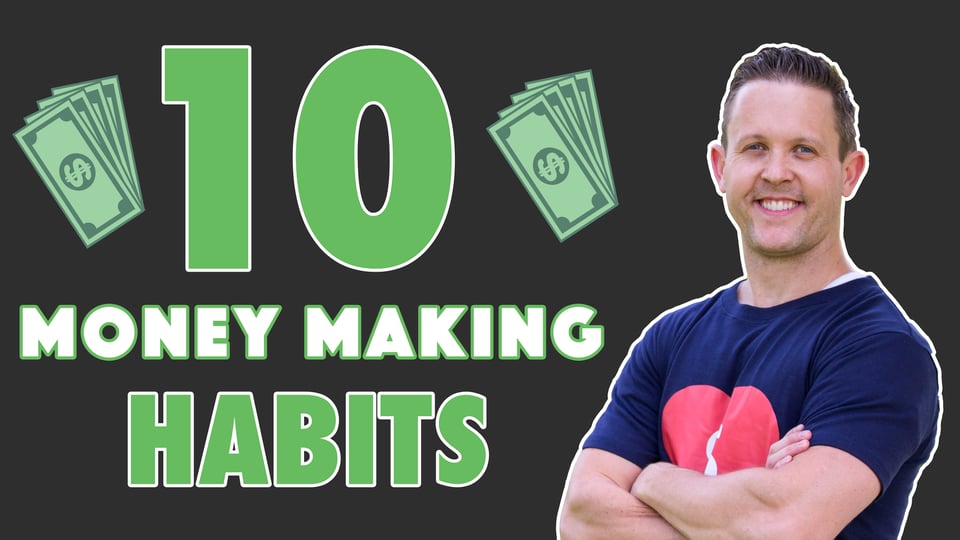“Everyone is not your customer.” -Seth Godin
Let that sink in for a moment. No entrepreneur wants to admit there are people who don’t want to buy what they’re selling—or heck, even people who hate what they’re selling. But, it’s the harsh truth.
Too often, when we ask our clients about their ideal customer, they tell us with great enthusiasm, “Our customer is everyone, ages 1 to 99!”
Really? You’re selling the same thing to a baby as you are to an elderly person? Of course they don’t mean it quite so literally, but do you see how ridiculous that sounds?
At its core, business is about helping people solve their problems. The problems of a 20-year-old college student are not the same as the problems of a 55-year-old retiree. If you try to market to both populations simultaneously, you’ll fail.
If you want to be uber-successful in your business and have the power to scale exponentially, you have to narrow your niche.
It’s Counterintuitive
We know what you’re thinking: narrowing my niche will limit my customer base. That will limit my income!
But in fact, the exact opposite is true. Narrowing your niche gives you higher earning potential.
To illustrate this, let’s look at a hypothetical scenario. Let’s say you create a sneaker.
The market you want to target is broad: adults who need sneakers. Everyone needs a pair of sneakers, right? There are approximately 242 million adults in the United States alone. That’s 242 million people to market to!
But you’ll soon be hit with a stark realization: you’ve got some competition, and pretty much everyone knows them. Nike. Adidas. Reebok. New Balance. The list goes on (and on, and on), and they’ve got multi-million dollar marketing budgets helping them reach that same pool of customers you want to reach.
Did you know Under Armour makes sneakers? They’re a pretty big name brand, yet they capture just 2% of the U.S. sneaker market, a tiny slice. A homegrown brand like yours will be lucky to win just one-hundredth of one percent of the market, or around 24,000 people.
But instead of trying to market to all of the sneaker customers, what if you went about it a little differently? What if you decided to narrow your niche?
Let’s say the sneaker you make is specifically designed for running, so we can narrow your target market to runners, or about 60 million Americans. And perhaps your shoe has great arch support, which is perfect for flat footed individuals, or an estimated 20% of the population—12 million of our runners.
And, just for the sake of making our point, let’s take it one step further and pick a gender: women. So, so you can cut your market in half to around 6 million people.
Now your target audience is highly specific: flat-footed female adult runners who need a shoe with arch support. Your marketing messaging is going to be on point because you know exactly who your customer is and what problem you solve for her. This means you’ll get an infinitely better return on your marketing investment.
When you have a solid target audience like that in place, and marketing that speaks directly to that audience’s needs, you can expect to convert about 2% of your intended audience.
Your share of the pie in this scenario? 120,000 people, far more than the 24,000 we were looking at before. What’s more, those 120,000 customers are going to become raving fans of your brand because you hit their needs square on the head!
See how narrowing your niche works in your favor?
We’ll make one final point on the subject of profit potential. Just because you niche down right now doesn’t mean you can’t add additional niches later. After Nike had incredible success making running shoes, they added basketball shoes. Then they added shoes for kids. Now they make all kinds of athletic gear, from ankle socks to professional sports uniforms. They conquered the athletic marketplace one little niche at a time.
Our Experience
There are no two ways about it—making the decision to narrow your niche is scary. To help ease some of your fears, we’ll share our real-life experience here at Ignite Spot.
When we first opened our doors eight years ago, we wanted to be all things to all businesses. We quickly realized, though, that our resources just wouldn’t support it.
A bakery is a different business than, say, a law firm, and taking on both of them as clients meant we had to create completely new accounting programs for each of them (and any other industry we wanted to work with). Talk about a drain on resources!
When we decided to niche down and focus solely on small businesses seeking aggressive growth, a remarkable thing happened. We were able to put systems in place that we could duplicate over and over again, with just a few tweaks, for every single client, instead of reinventing the wheel each time.
We saved time, man hours and company resources. We became the absolute experts in our field, and our customers spread the word like wildfire.
Today, we continue to niche down even further to help us better serve our customers. For example, we now limit our work to certain industries and only work with businesses that use certain accounting software. It’s a methodology that has continued to serve us with growing profits year after year.
How To Go Narrow
If you’re unsure of where to begin narrowing your niche, try working backwards starting with who you don’t serve. You can probably cross a few big categories of people off your list right off the bat.
Then, think about who you most enjoy working with. Which customers, products or industries come naturally to you? Which problems do you most enjoy solving?
Once you’ve done those two steps, narrow your niche further by getting specific on each of the following audience demographics:
- Gender
- Age range
- Occupation
- Income level
- Pain points
When you’re done, you should have a fairly specific category of person narrowed down. This is your niche; now go after it fearlessly!
For weekly insights on running a better business, subscribe to our blog below.
Additional Resources
Marketing visionary Seth Godin discusses tribes: the niche we should all aim for. Watch:














.png)


